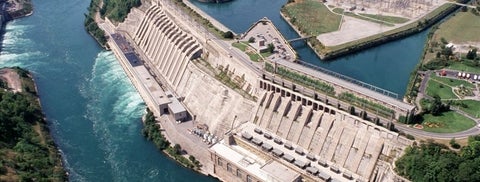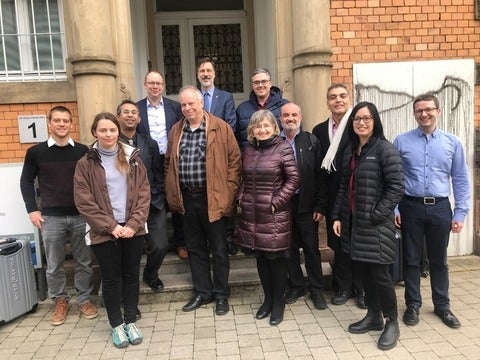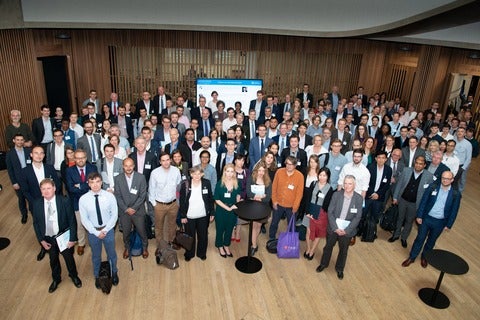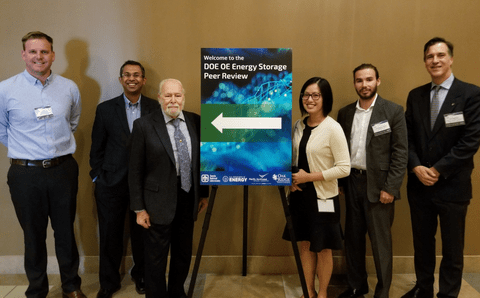Welcome!
With the completion of Project 4.6, within NESTNet (https://www.ryerson.ca/nestnet/), these webpages are no longer being updated.
Welcome to the project site for Project 4.6 - The Social Acceptance of Energy Storage Systems, part of the NSERC-funded Energy Storage Technologies Network ("NESTNet").
Here you will find project updates, including working papers, blog posts by project researchers, and news about the social acceptance of energy storage in Canada.

Project Lead
Ian has funded research activity in two related areas. First, he is active on projects that examine the ways in which sustainable energy technologies in buildings (both energy efficiency- and renewable energy-related equipment) are used by occupants, and how occupants’ interests affect the design of the same.
Blog
NESTNet Internationalization: Building Connections in Denmark and Germany
In March 2019, seven members of the NSERC Energy Storage Technology (NEST) Network travelled to Central Europe to visit researchers in Denmark and Germany. The trip was part of the NEST Network’s broader internationalization strategy – to make connections with like-minded researchers world-wide to promote the sharing of information, to grow student mobility, and to augment collaborative scientific investigations.
Interdisciplinarity and internationalization in energy: Insights from my own UK Mission (September 2018)
Energy sustainability is a pressing global issue. There is a growing consensus that addressing the ‘energy trilemma’ on a global scale calls for more transnational, multi-stakeholder collaboration and interdisciplinary research. While this approach comes with its own challenges, it continues to show us how breaking out of our comfort zones can spur solutions for the world’s most complex problems.
NEST Network Mission to the United States
During the last week of September 2018, five members of the NEST Network travelled to the United States in order to learn about energy storage research activities going on ‘south of the border’ and to identify areas for potential future cooperation. This trip was a key part of the Network’s broader internationalization strategy.



